Lately I’ve been noticing a pretty interesting phenomenon unfold in the world of MMA.
You know how, a couple of years ago, it seemed like only thugs, coal mine workers, brawlers and bar fighters practiced MMA (mixed martial arts)? It was like this unsophisticated, primitive form of beating each other senseless in a cage – without any apparent technique or refinement?
(Of course it wasn’t really like that, but to many people it surely seemed like that.)

Then, gradually, something interesting happened.
People who usually spent their afternoon playing golf, drinking appletinis, wearing tight jeans, getting a fake tan or greasing their hair started showing up at the doors of MMA gyms all over the world.
Snobs, you might call them.
Tired of their rich boy lifestyle – looking for a new thrill – MMA with its no-nonsense approach to gritty, mano-a-mano fighting appealed to their senses. It was rough. It was tough. And it was becoming increasingly popular.
It filled a void.
For your everyday rich-daddy playboy it provided fresh excitement in a square world filled with predictable cocktail parties.
And that’s basically where we are today.
And I see it every day, even in our academy.
MMA is no longer a shady underground business, practiced by tattooed ex-cons. Far from it. It is a sport enjoyed by many different people, even rich youngsters. And interestingly enough, here’s where we find a largely unexplored parallel to the early beginning in the evolution of Toudi (or Karate as it was later to be known) in Okinawa.
You see, Toudi (Karate) was basically a pastime hobby of snobs.
- No peasants.
- No poor farmers.
- No oppressed villagers trying desperately to fight the evil Japanese Satsuma samurai tyranny.
Aristocrats created Karate.
“Myth: a : a usually traditional story of ostensibly historical events that serves to unfold part of the world view of a people or explain a practice, belief, or natural phenomenon”
– Merriam-Webster/Encyclopaedia Britannica
People…
Karate was not a martial art developed by peasants.
Let’s get that straight, once and for all. And yes, I know I’m repeating myself here, but judging from the insane amount of “Karate was developed by avenging peasants” e-mails I keep getting, some people need to hear this more than once.
Look, the high kicks of kata Gankaku were not designed so that peasants could kick under the helmets of “samurais” riding horses. The kata Kusanku Dai/Kanku Dai was not made for peasants fighting evil Japanese killer ninjas in the night. The kata Naihanchin/Tekki was not made for peasants fighting sideways battles between rice paddies.
Question: When was the last time you saw a rich, young, handsome playboy working in a friggin’ rice field?
Never.
That’s when.
(and I have yet to step my foot in one)
Because Karate wasn’t created by farmers.
It was created by noblemen and scholar.
But please, before we go any further, don’t get me wrong here. Pesants are awesome. Hunters, farmers, fishermen… my family and relatives consists of them to a high degree. They are smart, strong, kind, cool, humble, honest and remarkable in every way. But they are, above all, incredibly b-u-s-y.
Work, work work…
Fishing, hunting, farming, harvesting; the life of a farmer today is literally filled to the brim with work, from dusk till dawn.
And believe me… the last thing they want to do on their spare time is physical exercise!
Martial arts? Fuggedaboudit!
I mean, all they do on their spare time is eat and sleep a couple of hours – until it’s time to work again! Getting punched and kicked on? No way! Having cows shit on you and horses kick on you all day long is enough, thank you very much.
So, if that’s the situation today (remember, we have loads of technology when it comes to farming these days), guess what it was like a couple of hundred years ago in rural Okinawa (still the poorest prefecture in Japan!)?
That’s right.
Even busier.
Even tougher.
And I’m not saying peasants are stupid or incapable of being martial. Oh no. On the contrary, the numerous revolutions which have shaped the history of our modern world were in fact started by disgruntled workers/farmers/peasants of some sort. Probably the last person you want to piss off is a hard-working peasant, believe me. There will be blood.
But I digress.
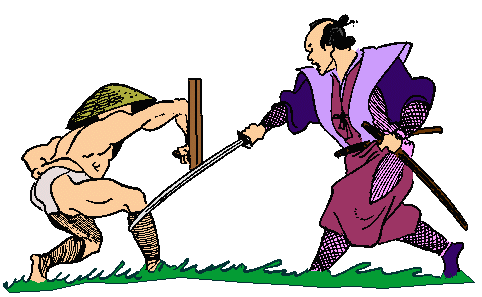
Karate, or Toudi as it was then called, was an eclectic martial art developed, practiced and taught by aristocratic Okinawans with strong, often governmental, connections to China and Siam. Keep the peasants out of it. Sons of diplomats, frequently on scholarship, upper class, noble families descending from the Chinese settler’s village of Kume/Kuninda (in modern day Naha), bodyguards to the king, wealthy merchants (often from Shuri, where most soy and sake breweries were located = big money = big bodyguards = trouble)… the examples are numerous and paint a clear picture.
Let me repeat myself here: Your average Okinawan villager (working night and day, remember?) just didn’t have the time nor the vigor to practice fighting techniques and develop sophisticated martial arts all day long. The only people in Okinawa who did enjoy the luxury of “playing” Karate and Kobudo were the serving noble class (shizoku) of warriors (pechin), ranging from the lowest warrior caste (chikudun) to the highest (peekumi). And above that we have oyakata (lord),which is the highest of the privileged classes before we step up to the royal classes of aji (descendant of prince) and oji (prince).
These were the type of titles held by the progenitors of Karate.
To give you a quick example of how significant the caste system of Ryukyu Kingdom was, I can inform you that a pechin was roughly 6 times ‘higher’ in social status than a regular Joe Schmoe-san. Believe dat.
A prosperous and educated warrior.
A Karate-ka.
Just to add some proof to the pudding (?), here’s some of the most famous pioneers of old-school Karate along with their social class/status/rank. In no specific order:
- Matsumura Sokon (1809-1899): Pechin class. Bodyguard of the king.
- Sakugawa Kanga(1786-1867): Chikudun Pechin class.
- Soeishi Ryotoku (1772-1825): Oyakata class. King’s secretary!
- Chatan Yara (1740-1812): Chikudun Pechin class.
- Tawata Shinboku (1814-1884): Chikudun Pechin class.
- Sueyoshi Anyu (unknown): Pechin class.
- Chikin Seionori (1624-unknown): Oyakata class.
- Chinen Umikana (1797-1881): Chikudun Pechin class.
- Higa Kanematsu (1790-1870): Pechin class.
- Chinen Masanra (1842-1925): Chikudun Pechin class
- Kyan Chofu (unknown): Shizoku class.
- Hamahiga Oyakata (1847 – unknown): Oyakata class.
- etc…
I can keep name-dropping all day. And most of the above dudes studied the fighting arts directly in China too.
What’s that? Oh, you think that’s too far back? Not reliable and accurate enough? Want more modern masters? How about Motobu Choki (1870-1944)? Aji class (direct lineage to the king, like Chibana Choshin (1885 – 1969)). So was Yoshimura Chogi (1866-1945).
Yabu Kentsu (1866-1937)? Shizoku family. Funakoshi Gichin (1868-1957)? Same. Toyama Kanken (1888-1966), Mabuni Kenwa (1889-1952), Taira Shinken (1897-1970), Shiroma Shinpan (1890-1954)… they were all either directly from a noble, upper class family or descended from one back in the days.
So let’s give the peasants a break.
Because I didn’t see no farmers, fishermen, peasants, samurai slayers or rice paddy dwellers up there on the list.
Did you?
That’s right.
Because peasants have more important things to do.
Like surviving.
So, now that we’ve got that out of the way, where exactly does this “Karate was created by peasants” –myth stem from anyway? Surely there must be some base for this myth? Some substance?
Well… perhaps.
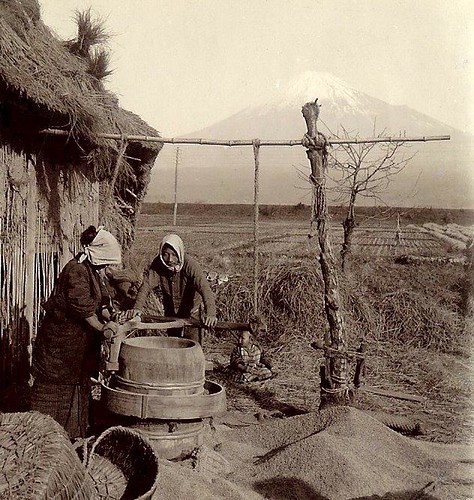
My guess is, when the Okinawan class system was eventually abolished (during the fall of the Ryukyu Kingdom) and these aristocratic upper class people lost their position and wealth they were often forced to leave their Bugattis and Lambos behind, moving away from their grand beach mansions to live according to new (considerably lower) standards.
Consequently, either they themselves or their descendants might then have had to occasionally work as farmers, fishermen, peasants or something else equally “lower class” and dirty, giving birth to the myth that farmers and peasants magically came up with up this deadly martial art of Karate because they were so bored of work (or something). I really don’t know.
However, what I do know is that I have yet to successfully compile a list of famous Karate pioneers who were anything less than educated, well-respected and privileged noblemen.
Because that’s how it went.
Karate = snobbery.
Just like MMA is slowly becoming.
Whether you like it or not.
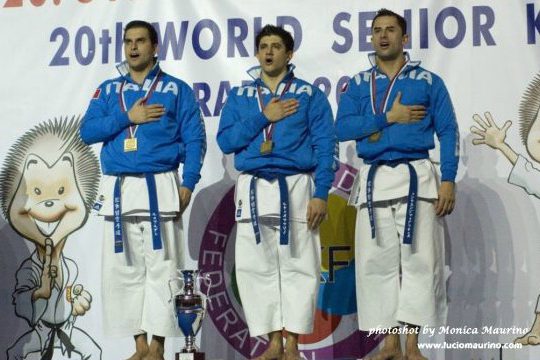
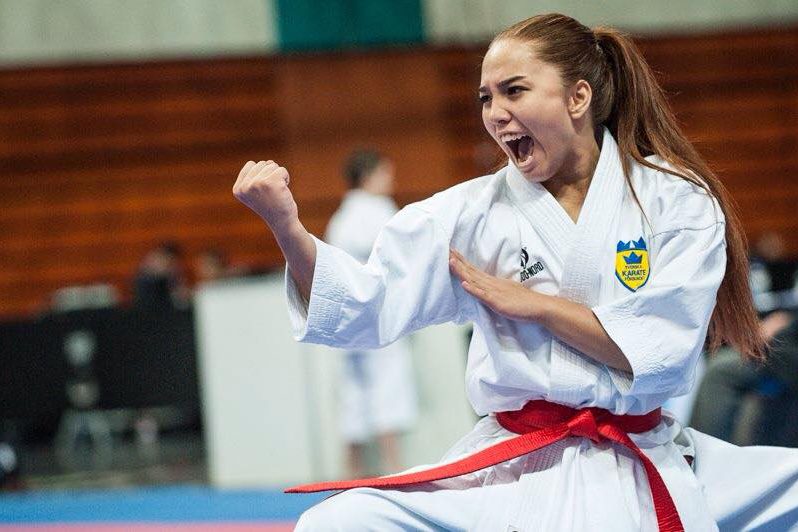
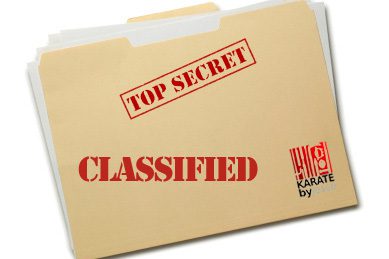
32 Comments